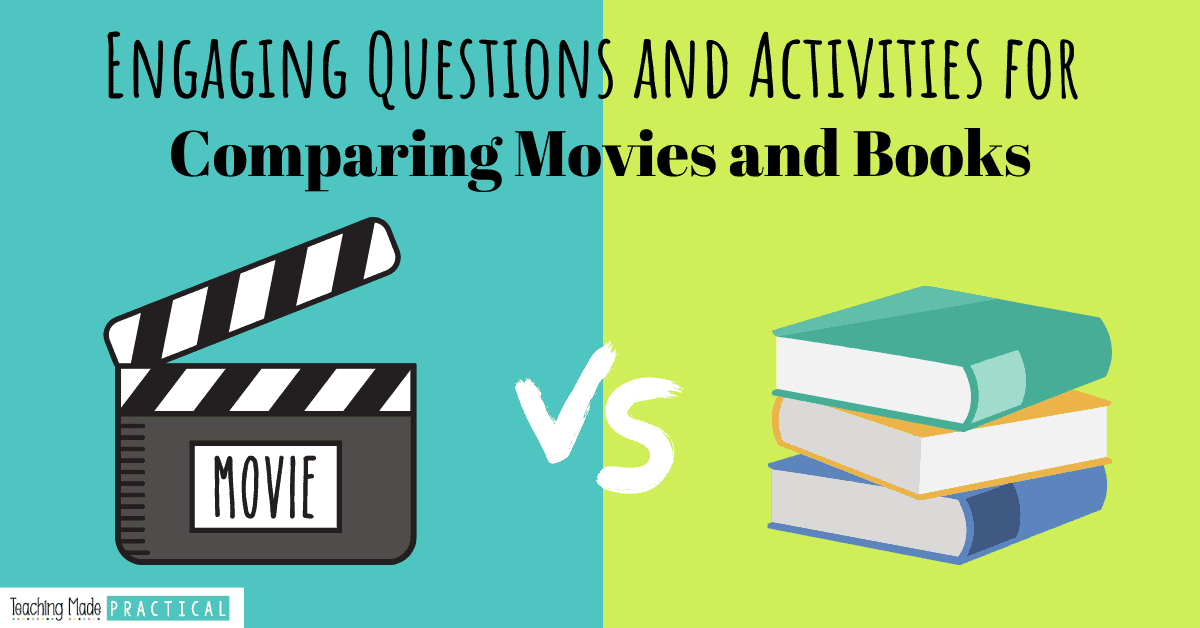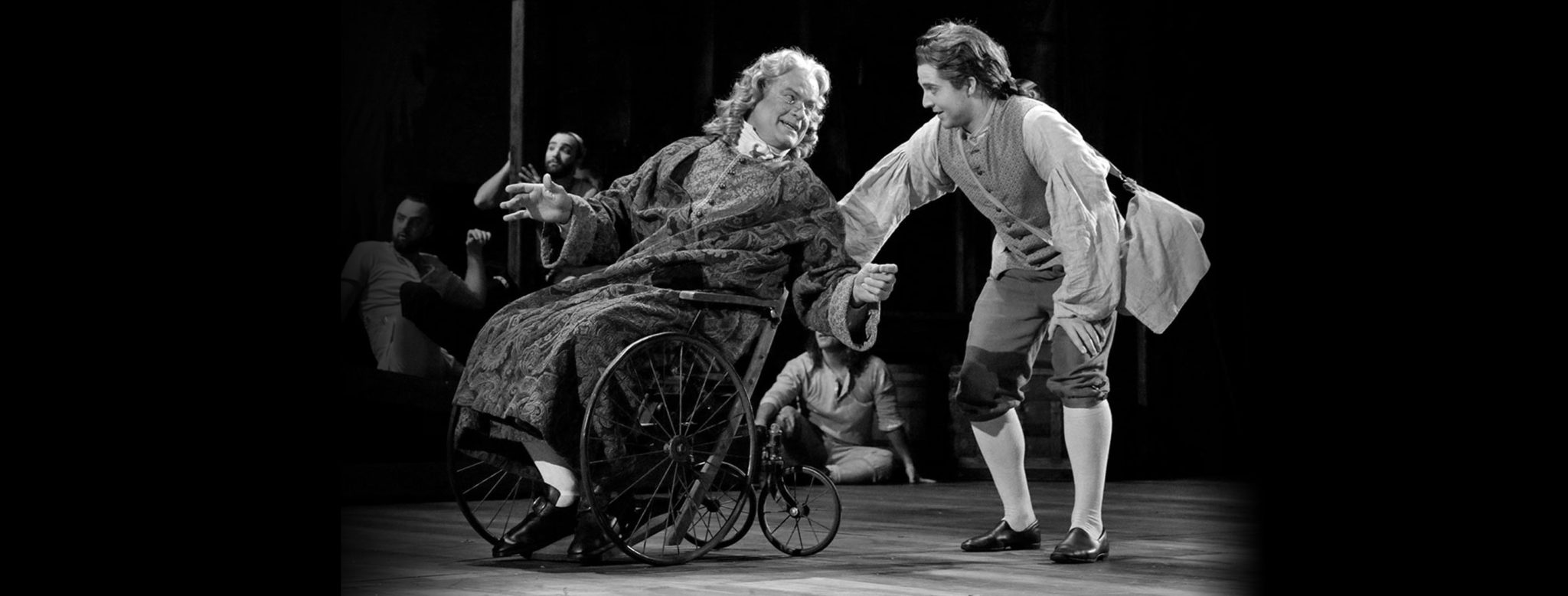Comparing Different Film Genres and Their Narrative Structures
Explore the intricate world of film genres and their narrative structures. Dive into Film Genre Comparison and unravel cinematic .

Exploring Narrative Structures in Various Film Genres
Film is a versatile and dynamic medium that employs various narrative structures to convey stories, evoke emotions, and engage audiences. The narrative structure of a film is the framework that filmmakers use to organize and present their story. Different film genres utilize distinct narrative structures to achieve their unique goals and appeal to specific audiences. In this exploration, we will compare and contrast the narrative?structures of several film genres, shedding light on the diverse techniques employed by filmmakers to create compelling and immersive cinematic experiences.
?The Three-Act Structure: A Foundation for Many Genres
The three-act structure is one of the most commonly used narrative frameworks in filmmaking. It divides a story into three main parts: setup, confrontation, and resolution. While this structure can be applied to?various genres,?it is particularly prevalent in genres such as drama, romance, and comedy.
-
Drama Films
- Drama films?often follow a linear narrative structure, with a clear setup that introduces the characters and their conflicts.
- The confrontation phase in dramas typically involves the escalation of tension and the exploration of the characters' motivations.
- The resolution in drama films offers closure, providing insight into the characters' growth or transformation.
-
Romance Films
- Romance films embrace?the three-act structure to develop the relationship between the central characters.
- The setup introduces the protagonists and their initial circumstances.
- The confrontation phase features obstacles and conflicts that challenge the budding romance.
- The resolution provides a satisfying ending, often involving the characters overcoming obstacles to be together.
-
Comedy Films
- Comedy films?use the three-act structure to set up humorous situations, create conflicts, and deliver punchlines.
- The setup introduces comedic elements and establishes the central comedic premise.
- The confrontation phase escalates the comedic situations and misunderstandings.
- The resolution brings closure through humorous resolutions or surprises.
?Non-linear Narrative Structures: Challenging Conventions
While the three-act structure is prevalent, some film genres deliberately depart from linear storytelling, opting for non-linear narrative structures to captivate audiences and provoke deeper thought.
-
Mystery Films
- Mystery films often employ non-linear narratives to keep viewers engaged and guessing.
- The structure may involve flashbacks, multiple timelines, or fragmented storytelling to reveal clues gradually.
- The resolution often ties together various narrative threads to unveil the mystery's solution.
-
Science Fiction Films
- Sci-fi films frequently explore complex ideas and alternate realities, making non-linear narratives a suitable choice.
- These films may feature time loops, parallel universes, or nonlinear character arcs.
- The resolution often leaves room for interpretation, challenging viewers to contemplate the implications of the narrative.
The Hero's Journey: A Universal Template
The hero's journey is a narrative structure commonly found in adventure and fantasy genres. This archetype, popularized by Joseph Campbell, involves a hero embarking on a transformative journey filled with challenges and personal growth.
-
Adventure Films
- Adventure films follow the hero's journey template as the protagonist sets out on a quest.
- The setup introduces the hero's ordinary world before they are called to adventure.
- The confrontation phase features trials, mentors, and a central ordeal.
- The resolution sees the hero returning transformed, having achieved their goal.
-
Fantasy Films
- Fantasy films often embrace the hero's journey as characters navigate magical realms and face mythical challenges.
- The structure includes the hero's call to adventure, encounters with supernatural elements, and a final confrontation with a formidable antagonist.
- The resolution typically sees the restoration of balance and the hero's return to their original world, forever changed.
?Documentary Films: Unscripted Realities
Documentary films diverge from fictional narratives and typically adhere to real-life events and people. Their narrative structure is shaped by the content and the filmmaker's approach.
-
Observational Documentaries
- Observational documentaries employ a minimalistic narrative structure, often relying on unscripted moments.
- The setup involves introducing the subject or topic being documented.
- The confrontation phase captures real-life events and interactions as they unfold.
- The resolution may provide insight, conclusions, or open-ended questions based on the documented material.
-
Narrative Documentaries
- Narrative documentaries blend elements of storytelling with real-life events.
- The structure may involve interviews, reenactments, or archival footage to construct a cohesive narrative.
- The resolution often offers a deeper understanding of the subject matter or the individuals involved.
Animated Films: A World of Imagination
Animated films have the freedom to explore various narrative structures, from classic storytelling to abstract and experimental forms.
-
Disney-Style Animation
- Many classic animated films, such as those produced by Disney, adhere to traditional narrative structures.
- The setup introduces the protagonist and their world.
- The confrontation phase features challenges, conflicts, and character growth.
- The resolution brings closure and often includes a moral or life lesson.
-
Experimental Animation
- Some animated films break free from traditional structures, using abstraction, symbolism, and non-linear storytelling.
- The structure may prioritize visual and emotional experiences over traditional plot progression.
- The resolution, in experimental animation, may be open to interpretation, encouraging viewers to engage with the art on a personal level.
Film genres offer a diverse array of narrative structures, each designed to engage and captivate specific audiences while serving the unique goals of the genre. Whether adhering to the three-act structure, embracing non-linear narratives, following the hero's journey, or presenting real-life events in documentary form, filmmakers employ these structures to craft compelling and immersive cinematic experiences. The exploration of narrative structures in film reveals the artistry and creativity that cinema offers, making it a constantly evolving and endlessly fascinating medium.
What's Your Reaction?

















